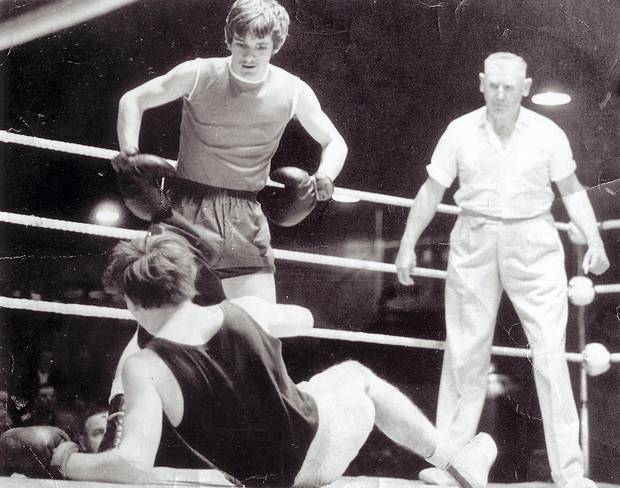Presentation
A fight with fists, boxing is one of the oldest forms of combat although its rules and social importance have evolved over the centuries. The oldest forms of boxing date back to antiquity, first in the Euphrates region and later in the Hellenic games. The practice then turns into a brutal entertainment intended to satisfy the low instincts of the public in Greece following the Romanization (ancient pugilism).
Old-Fashioned Boxing
In the Middle Ages boxing was also of popular interest in Eastern Europe especially a Russia and in the Polish-Russian border area (boxing of former Russia). Despite its Ancient Origins, boxing as we know it today develops mainly in the Anglo-Saxon countries, first in England and then in the United States. The term “pugilism” should, therefore, be used to refer to the old forms of boxing, and to highlight historical and cultural differences.
Etymology
The word boxing comes from the English verb to box which means punching with the fist. In England, the name was used about the fighting sport with bare hands. However, etymology remains obscure. Three theories exist about the origins of the word box.
The first and simplest claims that the word is an onomatopoeic representation of sound produced by impacts as in the ancient Greek word Pyks used about the same type of sound.
The second theory claims that the word is a pan-Germanic expression found in England similar to the old German word taken, modern baken, boxen, or Danish base or Swedish taxes, boxes.
The third theory is based on another German word namely the ancient Teutonic Boki, the Dutch beuk; the Dutch boke middle, böke, and the Dutch broken high middle. Regardless of all these hypotheses, the word box or Boxing acquired its modern meaning in 16th and 17th century England. The best example of the use of the word boxing in the English language is contained in R. Harvey Plaine Perceval’s book The Pacemaker of England: “box a shadow and hit a bare wall with your fingers “. The earliest purely sporting reference was discovered in the 1657 translation of Hippolytus De Sénèque by J. Studley: “the naked Fist was created to scratch and slap, to box and type”.
In 1765 in Tucker’s book, The Light of nature persuaded, there is the fragment following “two men boxing in the next street”. The English translation of Homer’s Odyssey by the English poet W. Cowper contains the following fragment: “jump, box, fight”.
History
The battles that gave rise to modern English boxing and then spread throughout the world were never linked to other similar European traditions.
Modern boxing developed rapidly in Great Britain thanks to the cultural and social conditions which also led to the development of modern sport in general.
The natural common sense of human beings in the confrontation was transformed into a standardized system by the English aristocracy which by organizing boxing matches tried to create a coherent spectacle organizationally and aesthetically.
The first written mention comes from the London protestant mercury the month of January 1689: “yesterday a match of boxing played in front of Monsieur, the Duke of Albermarle between his butler and his butcher. The latter wins the prize as he had already done several times being considered despite his small size as the best in England in this exercise “. The Basic Rules and technical terminology developed at this time. In 1719, James Figg considered the father of modern boxing, challenged anyone who wanted to win the title of champion of England.
This initiative led to a series of league matches during J. Figg, who managed to retain his title until 1730. In 1719, a first boxing school served as a model for twelve other famous schools operating in London until 1729.
In 1721, after the death of a boxer named G. Stevenson, J. Broughton (1704-1789) established new rules limiting the brutality of boxing. They introduced a ban on hitting below the waist, a 30-second pause after a knockout and finally the square ring surrounded by ropes. These rules were published in 1743 and extensively revised in 1838 by the London Prize Ring – the largest entertainment company promoting boxing matches. The new rules remained in effect until 1865 when A. Chambers, the Marquis of Queensberry and J. Chamberlain the journalist, prepared another regulation which was widely accepted in Britain and adopted in 1873 in the United States. The rules introduced 3-minute rounds, protective gloves, and three weight categories. They also prohibited pulling hair and kicking. A separation between amateur and professional boxing also became more visible.


